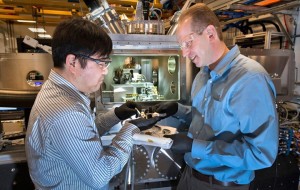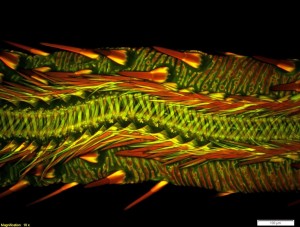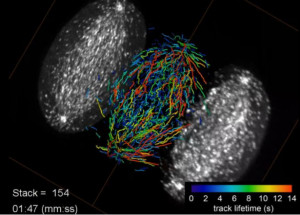 Lenses are no longer necessary for some microscopes, according to the engineers developing FlatScope, a thin fluorescent microscope whose abilities promise to surpass those of old-school devices.
Lenses are no longer necessary for some microscopes, according to the engineers developing FlatScope, a thin fluorescent microscope whose abilities promise to surpass those of old-school devices.
A paper in Science Advances describes a wide-field microscope thinner than a credit card, small enough to sit on a fingertip, and capable of micrometer resolution over a volume of several cubic millimeters.
FlatScope eliminates the tradeoff that hinders traditional microscopes in which arrays of lenses can either gather less light from a large field of view or gather more light from a smaller field.
Rice University engineers Ashok Veeraraghavan, Jacob Robinson, Richard Baraniuk, and their labs began developing the device as part of a federal initiative by the Defense Advanced Research Projects Agency as an implantable, high-resolution neural interface. But the device’s potential is much greater.






